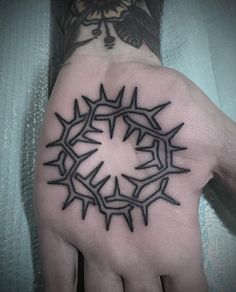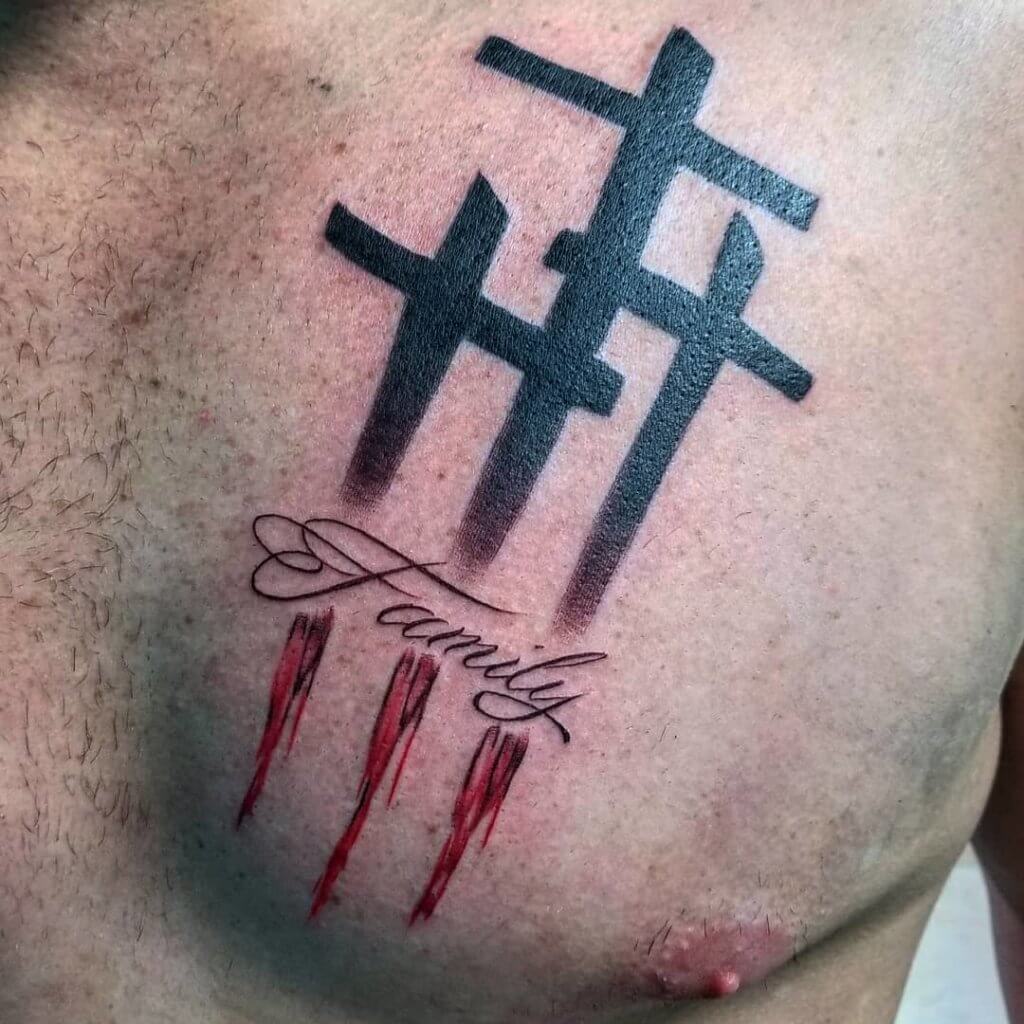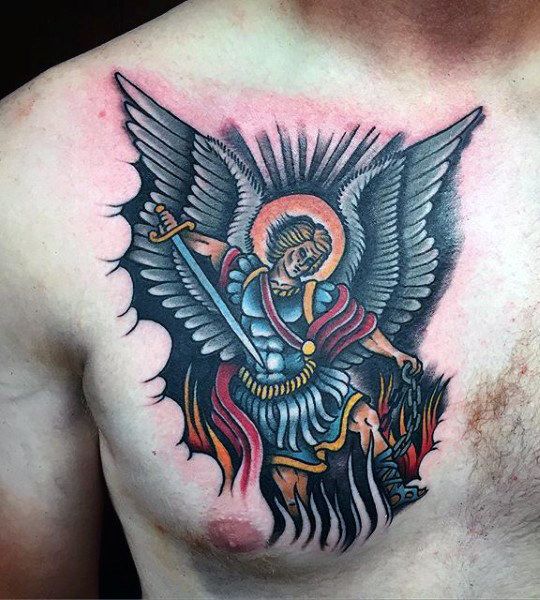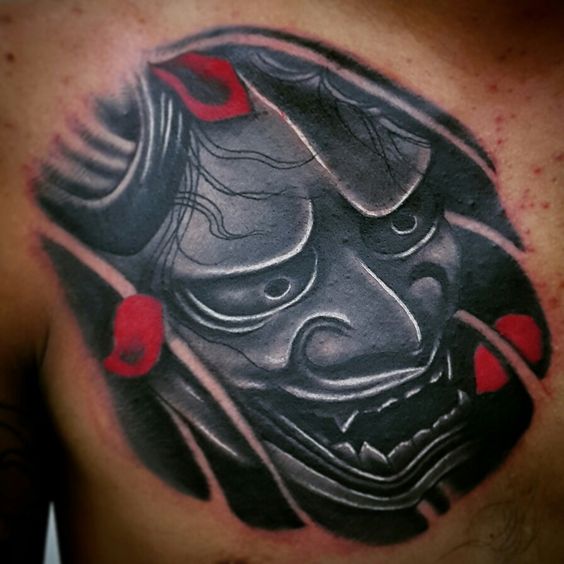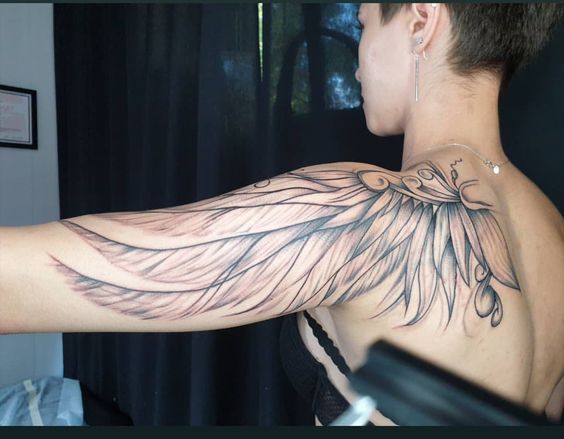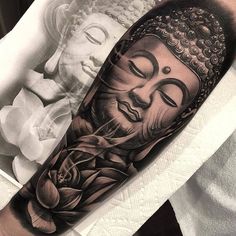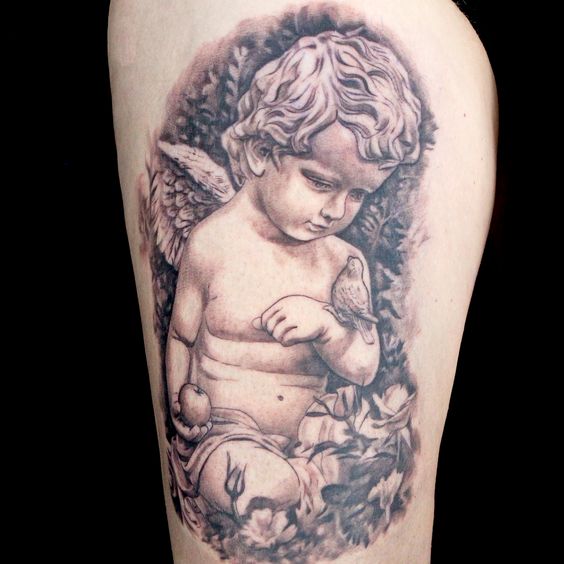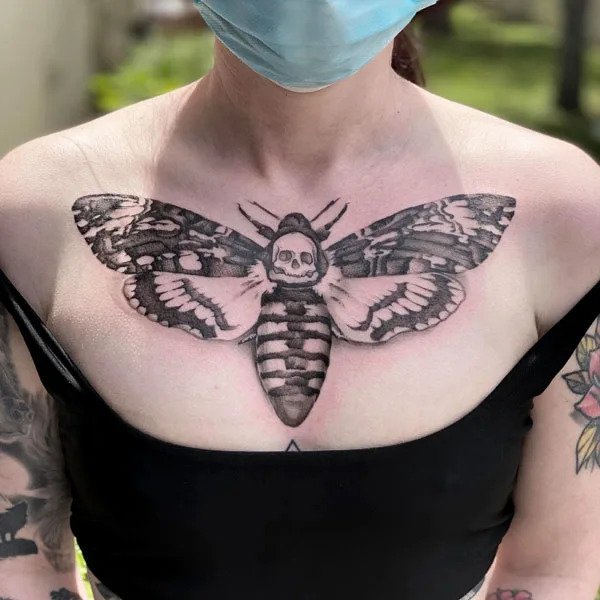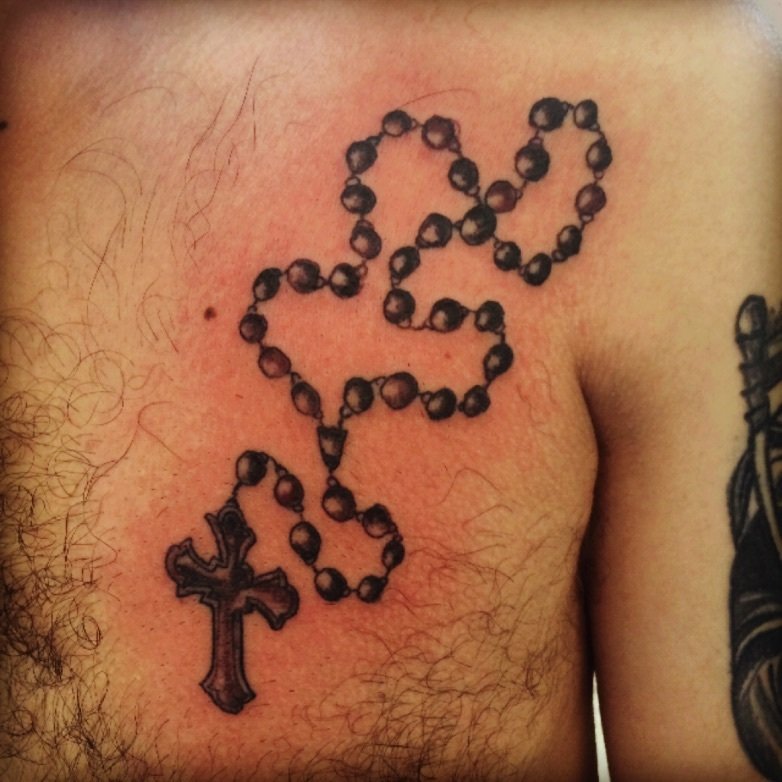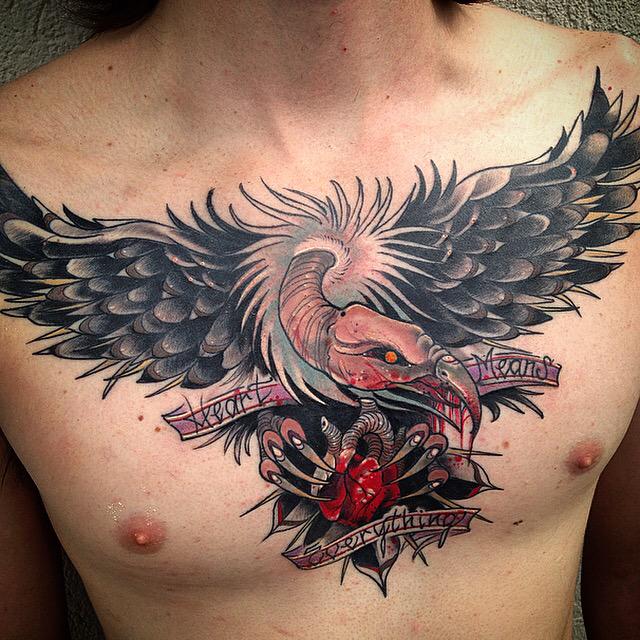A Last Supper Chest Tattoo is not just a tattoo; it’s a powerful piece of iconography. Representing the final meal Jesus shared with his disciples, it holds profound religious significance. Indeed, it symbolizes faith, betrayal, and the human condition. Consequently, in this post, we delve into the deep symbolism and artistic expression behind the Last Supper chest tattoo.
This tattoo usually covers the entire chest, mirroring the painting’s wide frame. It allows for intricate details, from each apostle’s expression to the items on the table. Significantly, each element of the tattoo can carry personal meaning, reflecting the wearer’s spiritual journey. In the center, the figure of Jesus becomes a focal point, embodying sacrifice and redemption.
Artists often use varied styles to interpret this iconic scene. Some opt for a realistic approach, capturing the depth and emotion of Leonardo da Vinci’s original painting. Alternatively, others might choose a more abstract or stylized rendition, focusing on certain symbolic elements. Similarly, the use of color or black and grey shading can greatly influence the tattoo’s mood and impact.
Incorporating personal elements into the design can make it unique. This could include family names, significant dates, or religious symbols. Such additions personalize the tattoo, intertwining the wearer’s story with this historic moment. Therefore, the Last Supper chest tattoo is not only a testament to faith but also to personal resilience and journey.
Moreover, the placement of this tattoo on the chest is significant. It places the sacred scene close to the heart, symbolizing a deep connection to its spiritual message. Additionally, it’s a constant reminder of faith, ethics, and life’s trials and tribulations.
In conclusion, the Last Supper chest tattoo is a profound expression of faith and art. It combines deep religious symbolism with personal significance. Furthermore, this tattoo goes beyond mere decoration; it is a statement of belief, a piece of living art, carrying a timeless story on one’s skin.
